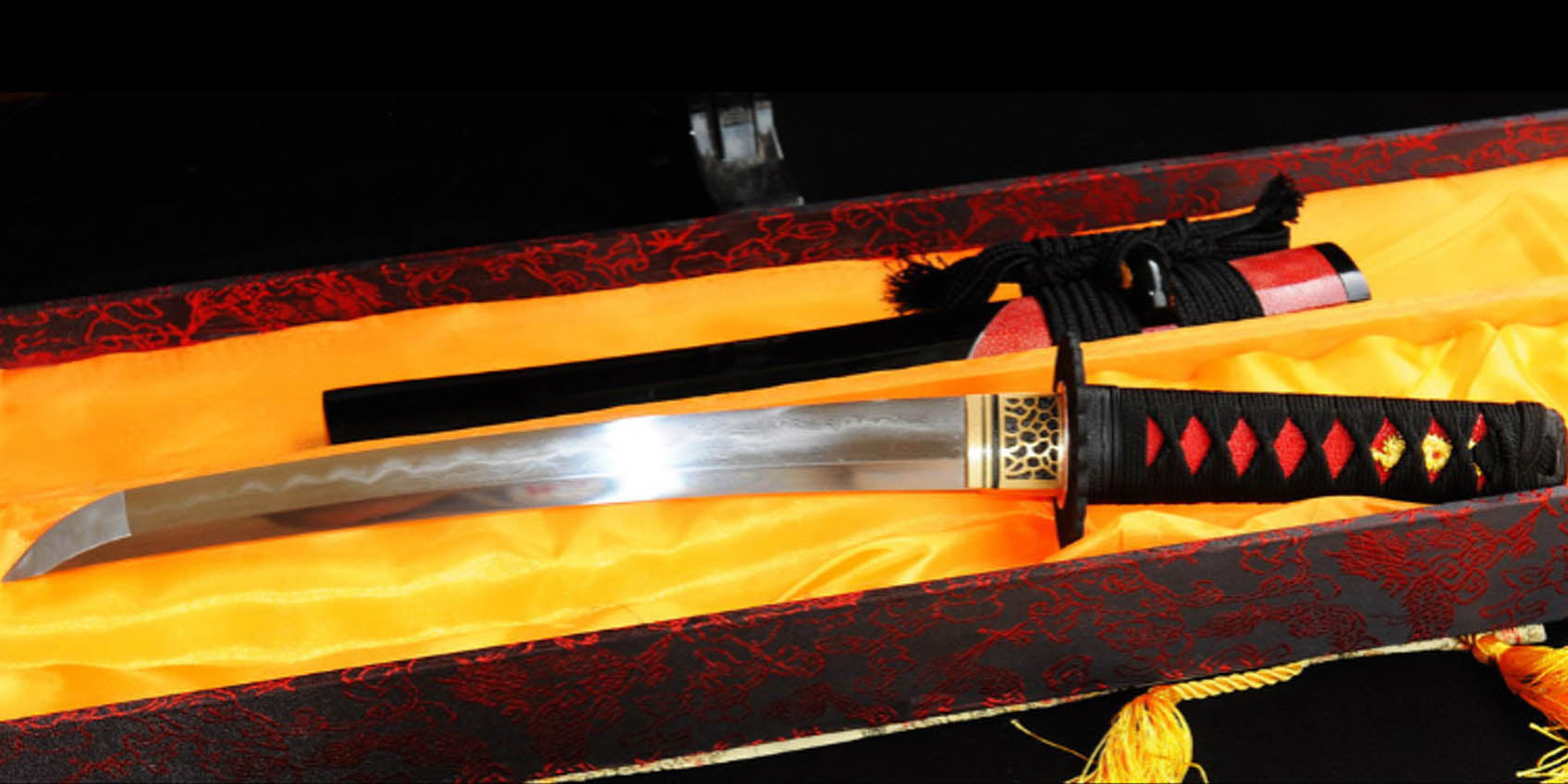Unsheathing History: The Japanese Tanto Blade's Origins and Evolution

The Japanese tanto blade is a fascinating piece of history, deeply embedded in Japanese culture and martial traditions. Its origins and evolution trace a path through centuries of use and adaptation, reflecting not only the changes in weaponry but also the enduring essence of this remarkable weapon. In this blog, we will explore the origins and evolution of the Japanese tanto blade.
The Tanto's Ancient Beginnings
The history of the Japanese tanto blade can be traced back to the Heian period (794–1185), marking its beginnings over a millennium ago. Initially, tantos were used primarily as utility knives, with straight blades and simple designs. They served various purposes, from practical cutting tools to personal defense weapons.
The utility of the tanto became increasingly evident during the Kamakura period (1185–1333) when Japan experienced a shift towards decentralized rule, giving rise to frequent skirmishes. As a result, the tanto began to evolve, adapting to the demands of combat while still retaining its elegance and utility.
The Tanto as a Samurai Weapon
During the Muromachi period (1336–1573), the tanto's role took a significant turn as it gained favor among the samurai class. The tanto, with its compact design and suitability for close combat, was often used as a secondary weapon by the samurai, particularly in the event they were disarmed of their primary weapon, the katana.
This period saw an increase in tanto specialization, with master swordsmiths crafting exquisite blades that combined functionality with artistic elements. The tanto's evolution was marked by the incorporation of ornate tsuba (handguards), koshirae (mountings), and unique hamon (temper lines) on the blades. These enhancements elevated the tanto to a symbol of status, elegance, and martial prowess.
The Tanto in Modern Times
In modern times, the tanto blade has continued to evolve and adapt. While it may no longer be a common weapon on the battlefield, the tanto's significance endures. Collectors and enthusiasts value tanto blades for their historical and artistic merit. Martial artists appreciate their practicality in self-defense techniques. Tanto knives, as they are known today, have also made their way into everyday carry and survival tools.
The evolution of the Japanese tanto blade reflects its enduring relevance. While it may have originated as a utility blade, it has transformed into an embodiment of Japan's rich history and culture. Its journey through the ages, from a simple tool to a symbol of martial tradition and artistic excellence, continues to captivate and inspire those who appreciate its elegance and utility.
In conclusion, the Japanese tanto blade's origins and evolution are a testament to the adaptability and timelessness of this remarkable weapon. Its history is a window into the changing dynamics of Japanese society, martial arts, and craftsmanship, and its enduring legacy continues to hold a unique place in both Japanese culture and the hearts of enthusiasts around the world.






